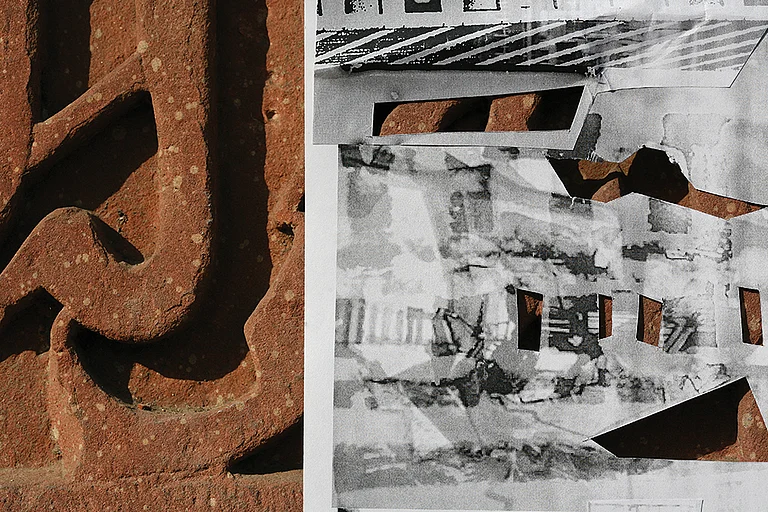The situation that develops between two households is one that anyone with long-lived parents can expect to face. As the lights begin to dim upon the stage of a parent’s life, the surviving progeny must determine which one of them will be responsible for bringing down the curtain. In the novel, we follow events on both sides of the tightrope that Nariman’s life has become, as he succumbs slowly to Parkinson’s disease. On the one hand, he has Jal and Coomy, whose selfishness is a symptom of their own physical and emotional frailties. On the other hand, there is Roxana, whose home and resources are far too limited to accommodate her beloved father.
The story is skillfully and compassionately told. Early in the tale, we see the inevitable outcome of Nariman’s need for independence: he fractures his ankle while out on a walk. This precipitates a crisis of incapacity on the part of his stepchildren, who deliver him, with no advance notice, to Roxana’s care. Her sons are delighted, because they adore their learned grandfather, with his sharp wit and his old-world wisdom. Her husband, however, is stricken with conflicting tensions. His salary, as manager of the Bombay Sporting Goods Emporium, owned by the eccentric Vikram Kapur, is meagre even without his father-in-law in the house. But he cares for the old man, and respects him. Roxana is torn between the different types of love that claw for her attention. Meanwhile, overlaying the confusions of the present is the shadow of Nariman’s past, involving bigoted parents, a Christian girl and a chronically-unhappy wife.
The resolution of these several conflicts drives the plot forward in firm, compelling strokes. However there is, throughout, a curious unevenness in the quality of the narration. It is as if we are looking at an attractive vase, a museum piece, which has been reconstructed from fragments of original porcelain, held together by ordinary clay. The scenes within Roxana’s cramped little flat, as her sons adjust to their grandfather’s presence, are suffused with an aura of familial love so intense that one’s eyes brim over with pleasure. Likewise the descriptions of Yezad’s visits to the fire-temple. But the inauthentic portions of this metaphorical vase stand out as starkly as the grey cement that so often mars restoration efforts at archaeological sites.
Whenever, for instance, secondary characters appear on the scene, there is a sharp loss of sensitivity and realism. We can certainly recognise some of them—the factotums belonging to the local ration shop, the drunken louts at the bus-stop. It is clear that we are supposed to see these characters through the filters of class and race prejudice that are assumed to be the norm for the Parsi protagonists in the book. In my opinion, however, the author has not managed to separate what may be his own biases, when he describes these characters. They stick out amongst the others like cartoon figures lurching about within a live-action film.
Parsi authors writing about their own microcosm within India’s teeming social universe have usually felt compelled to address the uniqueness of their community through didactic passages inserted like commercial breaks within the ongoing saga. Mistry is no different in this regard, though he omits italics for ethno-specific words and does not provide a glossary. I would prefer it if he were to complete his transition to the multi-cultural arena by dropping the history lessons altogether. For myself, because of a long-ago association with the Parsi community through a magazine called Parsiana, I feel a surge of warmth whenever I return to the familiar world of Chinoys, Bamboats and Rustomjis. Their earthy humour, their fondness for classical Western aesthetics and their pleasure in food make their world a lively, hearty space to be in.
Yet ethnicity is a complex asset to include in an author’s portfolio. It requires readers to be familiar enough with the original in order to appreciate what is authentic. It also requires a certain wariness on the part of those readers who accept whatever they regard as exotic as necessarily genuine. It is hard not be conscious that Mistry, resident in Canada since 1975, writes at a great spatial and temporal distance from the Bombay of his birth. Some of the cracks in the polished surface of his prose appear to match the shortfall between memory and fact that is the natural curse of immigrants writing about their forsaken home-cultures. The quality of what he has achieved makes one yearn for what is yet to come: a balanced vision, both fine and true.






















